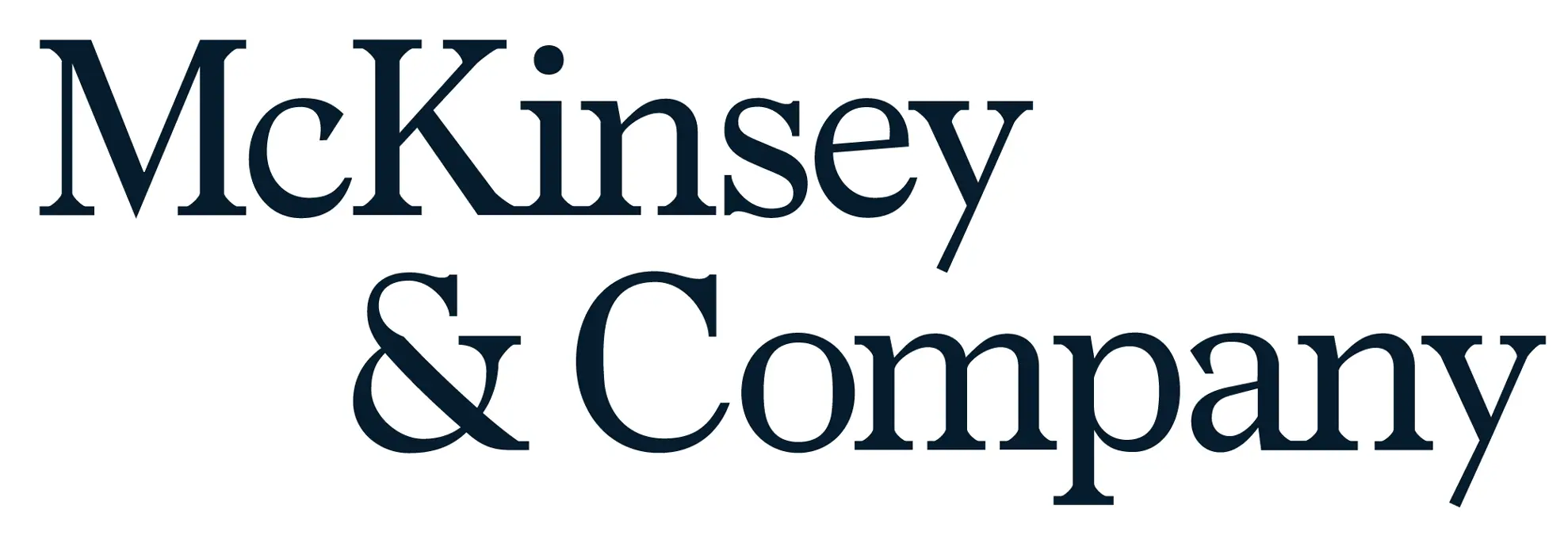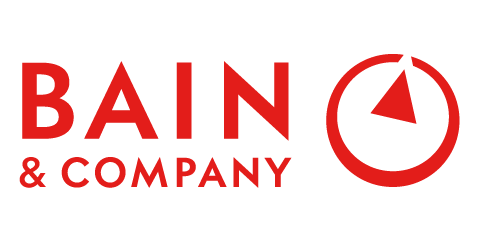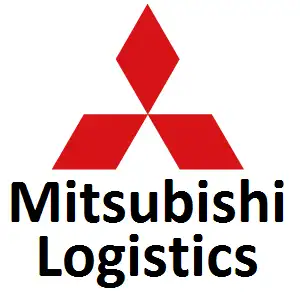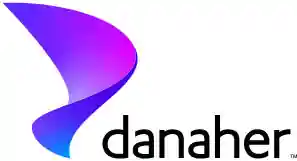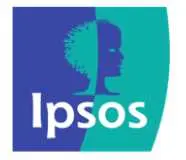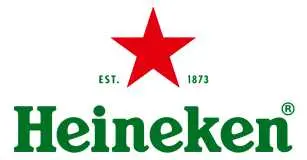
Oncology Based Molecular Diagnostics Market Demand, Analysis and Future Scope 2034
Oncology Based Molecular Diagnostics Market Growth, Size, Trends Analysis- By Type, By Product, By Technology - Regional Outlook, Competitive Strategies and Segment Forecast to 2034
| Published: Jul-2025 | Report ID: BIOT2502 | Pages: 1 - 210 | Formats*: |
| Category : Biotechnology | |||
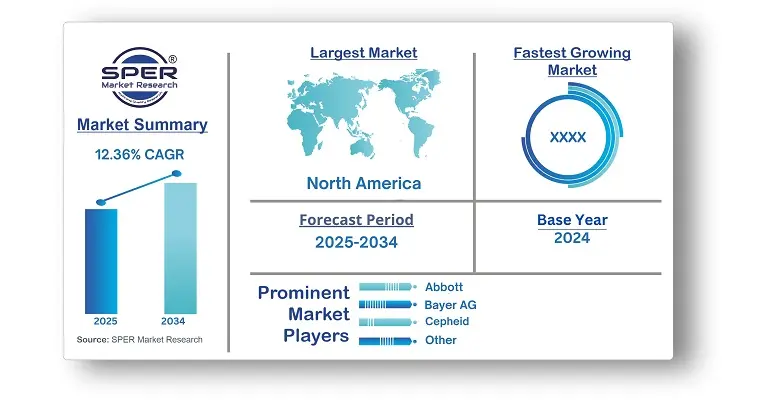
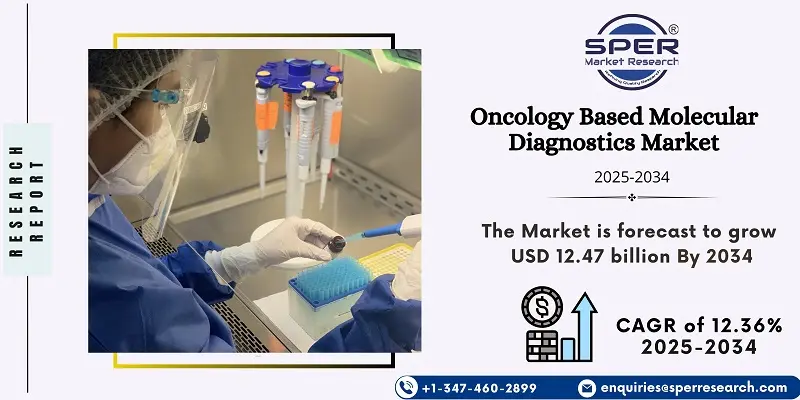
- In November 2023, Abbott received U.S. FDA approval for its molecular human papillomavirus (HPV) screening test within the Alinity m series of in-vitro diagnostics. This approval enabled the company to expand its product portfolio, contributing to increased sales and revenue growth.
- In June 2022, Agilent announced the acquisition of Resolution Bioscience, aiming to enhance its precision medicine portfolio by strengthening its next-generation sequencing (NGS)-based cancer diagnostic capabilities. This move highlighted Agilent's commitment to expanding its footprint in the liquid biopsy market and advancing its expertise in developing in vitro diagnostic tests.
| Report Metric | Details |
| Market size available for years | 2021-2034 |
| Base year considered | 2024 |
| Forecast period | 2025-2034 |
| Segments covered | By Type, By Product, By Technology |
| Regions covered | North America, Latin America, Asia-Pacific, Europe, and Middle East & Africa |
| Companies Covered | Abbott, Bayer AG, BD, Cepheid, Agilent Technologies, Inc., Danaher, Hologic, Inc., Qiagen, F. Hoffmann-La Roche Ltd., Siemens. |
- Global Oncology Based Molecular Diagnostics Market Size (FY’2021-FY’2034)
- Overview of Global Oncology Based Molecular Diagnostics Market
- Segmentation of Global Oncology Based Molecular Diagnostics Market By Type (Breast Cancer, Prostate Cancer, Colorectal Cancer, Cervical Cancer, Liver Cancer, Lung Cancer, Blood Cancer, Kidney Cancer, Other Cancer)
- Segmentation of Global Oncology Based Molecular Diagnostics Market By Product (Instruments, Reagents, Others)
- Segmentation of Global Oncology Based Molecular Diagnostics Market By Technology (PCR, In Situ Hybridization, INAAT, Chips and Microarrays, Mass Spectrometry, Sequencing, TMA, Others)
- Statistical Snap of Global Oncology Based Molecular Diagnostics Market
- Expansion Analysis of Global Oncology Based Molecular Diagnostics Market
- Problems and Obstacles in Global Oncology Based Molecular Diagnostics Market
- Competitive Landscape in the Global Oncology Based Molecular Diagnostics Market
- Details on Current Investment in Global Oncology Based Molecular Diagnostics Market
- Competitive Analysis of Global Oncology Based Molecular Diagnostics Market
- Prominent Players in the Global Oncology Based Molecular Diagnostics Market
- SWOT Analysis of Global Oncology Based Molecular Diagnostics Market
- Global Oncology Based Molecular Diagnostics Market Future Outlook and Projections (FY’2025-FY’2034)
- Recommendations from Analyst
- 1.1. Scope of the report
- 1.2. Market segment analysis
- 2.1. Research data source
- 2.1.1. Secondary Data
- 2.1.2. Primary Data
- 2.1.3. SPERs internal database
- 2.1.4. Premium insight from KOLs
- 2.2. Market size estimation
- 2.2.1. Top-down and Bottom-up approach
- 2.3. Data triangulation
- 4.1. Driver, Restraint, Opportunity and Challenges analysis
- 4.1.1. Drivers
- 4.1.2. Restraints
- 4.1.3. Opportunities
- 4.1.4. Challenges
- 5.1. SWOT Analysis
- 5.1.1. Strengths
- 5.1.2. Weaknesses
- 5.1.3. Opportunities
- 5.1.4. Threats
- 5.2. PESTEL Analysis
- 5.2.1. Political Landscape
- 5.2.2. Economic Landscape
- 5.2.3. Social Landscape
- 5.2.4. Technological Landscape
- 5.2.5. Environmental Landscape
- 5.2.6. Legal Landscape
- 5.3. PORTERs Five Forces
- 5.3.1. Bargaining power of suppliers
- 5.3.2. Bargaining power of buyers
- 5.3.3. Threat of Substitute
- 5.3.4. Threat of new entrant
- 5.3.5. Competitive rivalry
- 5.4. Heat Map Analysis
- 6.1. Global Oncology Based Molecular Diagnostics Market Manufacturing Base Distribution, Sales Area, Product Type
- 6.2. Mergers & Acquisitions, Partnerships, Product Launch, and Collaboration in Global Oncology Based Molecular Diagnostics Market
- 7.1. Breast Cancer
- 7.2. Prostate Cancer
- 7.3. Colorectal Cancer
- 7.4. Cervical Cancer
- 7.5. Liver Cancer
- 7.6. Lung Cancer
- 7.7. Blood Cancer
- 7.8. Kidney Cancer
- 7.9. Other Cancer
- 8.1. Instruments
- 8.2. Reagents
- 8.3. Others
- 9.1. PCR
- 9.2. In Situ Hybridization
- 9.3. INAAT
- 9.4. Chips and Microarrays
- 9.5. Mass Spectrometry
- 9.6. Sequencing
- 9.7. TMA
- 9.8. Others
- 10.1. Global Oncology Based Molecular Diagnostics Market Size and Market Share
- 11.1. Asia-Pacific
- 11.1.1. Australia
- 11.1.2. China
- 11.1.3. India
- 11.1.4. Japan
- 11.1.5. South Korea
- 11.1.6. Rest of Asia-Pacific
- 11.2. Europe
- 11.2.1. France
- 11.2.2. Germany
- 11.2.3. Italy
- 11.2.4. Spain
- 11.2.5. United Kingdom
- 11.2.6. Rest of Europe
- 11.3. Middle East and Africa
- 11.3.1. Kingdom of Saudi Arabia
- 11.3.2. United Arab Emirates
- 11.3.3. Qatar
- 11.3.4. South Africa
- 11.3.5. Egypt
- 11.3.6. Morocco
- 11.3.7. Nigeria
- 11.3.8. Rest of Middle-East and Africa
- 11.4. North America
- 11.4.1. Canada
- 11.4.2. Mexico
- 11.4.3. United States
- 11.5. Latin America
- 11.5.1. Argentina
- 11.5.2. Brazil
- 11.5.3. Rest of Latin America
- 12.1. Abbott
- 12.1.1. Company details
- 12.1.2. Financial outlook
- 12.1.3. Product summary
- 12.1.4. Recent developments
- 12.2. Bayer AG
- 12.2.1. Company details
- 12.2.2. Financial outlook
- 12.2.3. Product summary
- 12.2.4. Recent developments
- 12.3. BD
- 12.3.1. Company details
- 12.3.2. Financial outlook
- 12.3.3. Product summary
- 12.3.4. Recent developments
- 12.4. Cepheid
- 12.4.1. Company details
- 12.4.2. Financial outlook
- 12.4.3. Product summary
- 12.4.4. Recent developments
- 12.5. Agilent Technologies, Inc.
- 12.5.1. Company details
- 12.5.2. Financial outlook
- 12.5.3. Product summary
- 12.5.4. Recent developments
- 12.6. Danaher
- 12.6.1. Company details
- 12.6.2. Financial outlook
- 12.6.3. Product summary
- 12.6.4. Recent developments
- 12.7. Hologic, Inc.
- 12.7.1. Company details
- 12.7.2. Financial outlook
- 12.7.3. Product summary
- 12.7.4. Recent developments
- 12.8. Qiagen
- 12.8.1. Company details
- 12.8.2. Financial outlook
- 12.8.3. Product summary
- 12.8.4. Recent developments
- 12.9. F. Hoffmann-La Roche Ltd.
- 12.9.1. Company details
- 12.9.2. Financial outlook
- 12.9.3. Product summary
- 12.9.4. Recent developments
- 12.10. Siemens
- 12.10.1. Company details
- 12.10.2. Financial outlook
- 12.10.3. Product summary
- 12.10.4. Recent developments
- 12.11. Others
SPER Market Research’s methodology uses great emphasis on primary research to ensure that the market intelligence insights are up to date, reliable and accurate. Primary interviews are done with players involved in each phase of a supply chain to analyze the market forecasting. The secondary research method is used to help you fully understand how the future markets and the spending patterns look likes.
The report is based on in-depth qualitative and quantitative analysis of the Product Market. The quantitative analysis involves the application of various projection and sampling techniques. The qualitative analysis involves primary interviews, surveys, and vendor briefings. The data gathered as a result of these processes are validated through experts opinion. Our research methodology entails an ideal mixture of primary and secondary initiatives.
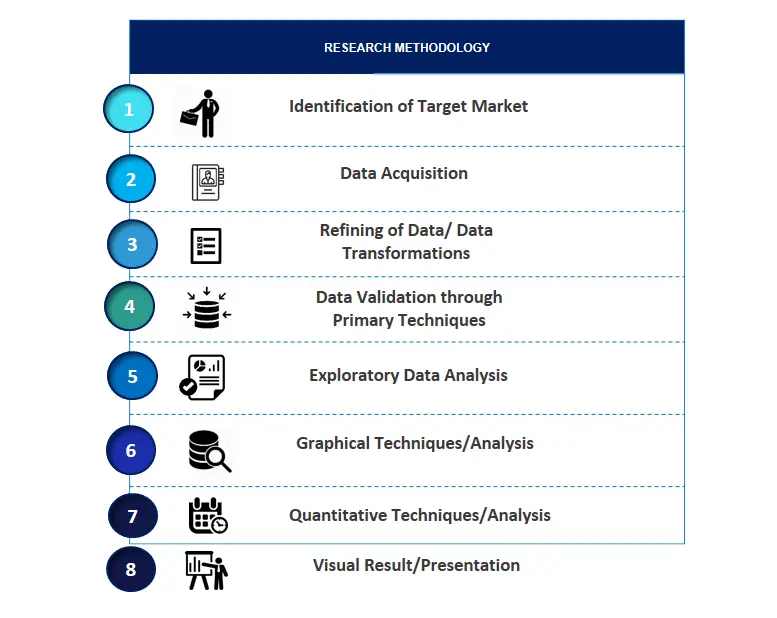
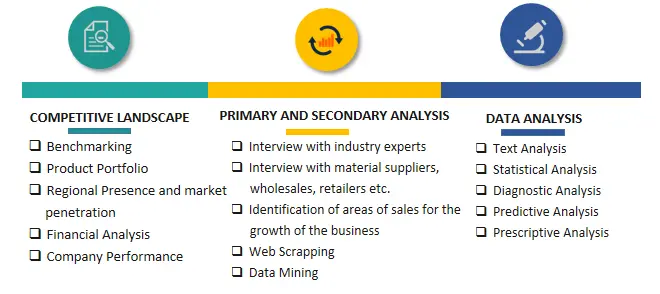

Frequently Asked Questions About This Report
PLACE AN ORDER
Year End Discount
Sample Report
Pre-Purchase Inquiry
NEED CUSTOMIZATION?
Request CustomizationCALL OR EMAIL US
100% Secure Payment

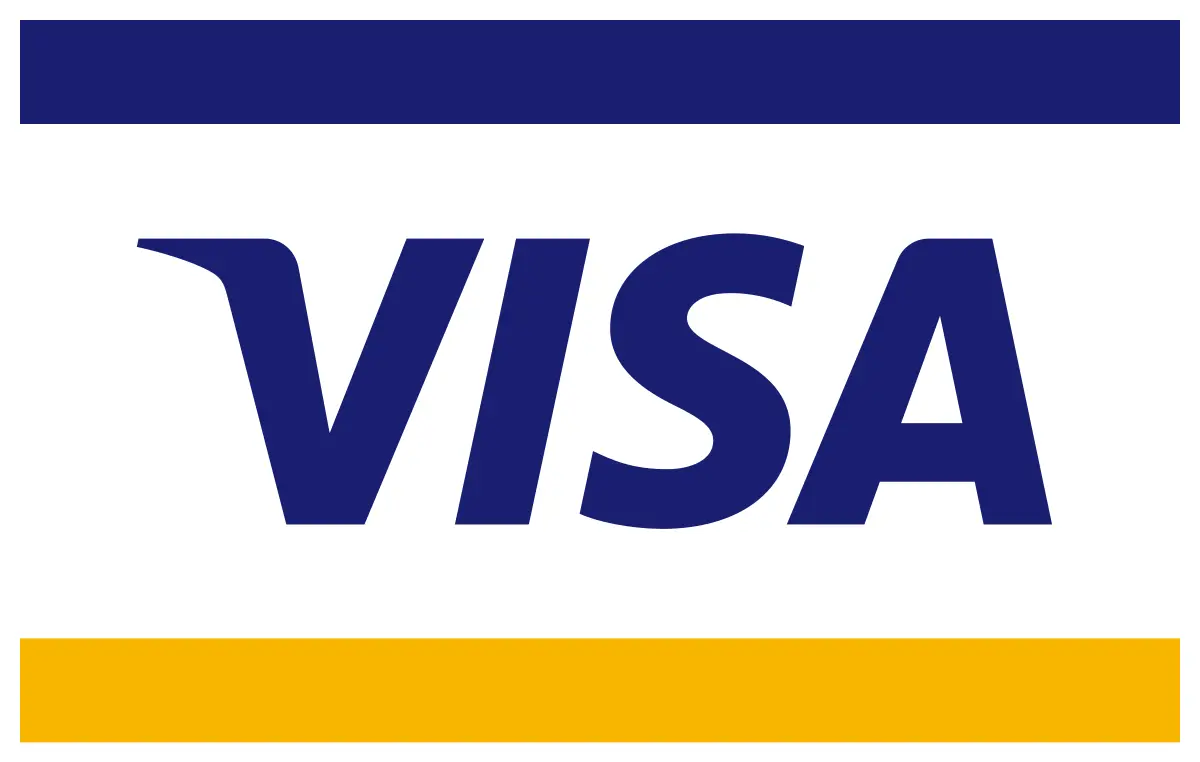




Related Reports
Our Global Clients
Our data-driven insights have influenced the strategy of 200+ reputed companies across the globe.






